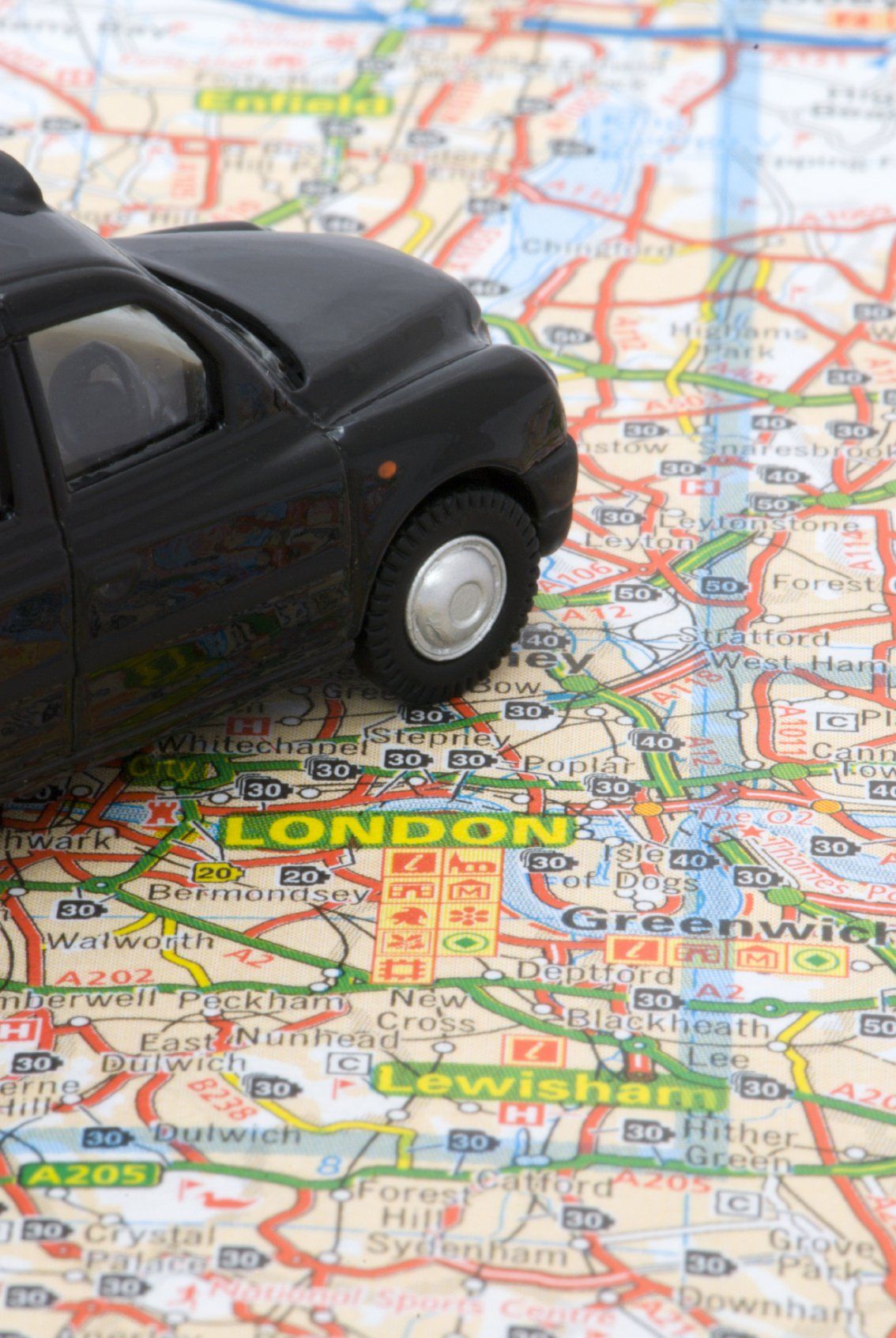
Urban Planning and Design
Course ID: 2512285901445EGI
Course Dates : 28/12/25 Course Duration : 5 Studying Day/s Course Location: Cairo, Egypt
Language: Bilingual
Course Category: Professional and CPD Training Programs
Course Subcategories: Operations and Process Excellence
Course Certified By: * Projacs Academy
* Professional Training and CPD Programs
Certification Will Be Issued From :
KSA
Course Fees: £2,958.13
Vat Not Included in the price. VAT may vary depending on the country where the course or workshop is held.
Click to Pay
Contact us for more information Sales@e-s-hub.com
Course Information
Introduction
Urban planning and design serve as the backbone of sustainable development, shaping the physical and social environments in which we live, work, and interact. As cities continue to expand at an unprecedented rate, the need for thoughtful, inclusive, and innovative urban planning has never been more critical. This course delves into the complexities of urban systems, addressing how planners can balance economic growth, environmental stewardship, and social equity. Drawing on established theories such as Kevin Lynch’s "Image of the City" and Jane Jacobs’ principles of vibrant neighborhoods, participants will explore the intersection of human behavior and spatial organization.
One of the key challenges facing urban planners today is the rapid pace of urbanization, particularly in developing regions where infrastructure struggles to keep up with population growth. For instance, cities like Lagos and Mumbai face immense pressure to provide affordable housing, efficient public transportation, and green spaces while mitigating the impacts of climate change. These challenges are compounded by gaps in knowledge and outdated practices that fail to account for emerging technologies or the evolving needs of communities. By bridging these gaps, this course empowers professionals to address real-world issues with evidence-based solutions.
The benefits of mastering urban planning and design extend beyond individual career advancement. Organizations gain a competitive edge by employing planners who can navigate complex regulatory frameworks, engage stakeholders effectively, and design resilient urban systems. Cities that invest in skilled planners witness improved quality of life, reduced inequality, and enhanced economic opportunities. Take Copenhagen, for example—a city renowned for its commitment to sustainability and livability through meticulous urban planning. Its success story underscores the transformative potential of well-executed urban strategies.
This course also incorporates insights from global trends, such as smart city initiatives and the rise of participatory planning models. Smart cities leverage data analytics, IoT devices, and AI to optimize resource allocation and improve service delivery. Meanwhile, participatory planning emphasizes community involvement, ensuring that urban interventions reflect local priorities and aspirations. By understanding these frameworks, participants will be equipped to design solutions that are both technologically advanced and socially inclusive.
Real-world applications further highlight the practical relevance of this course. Consider Barcelona’s superblock initiative, which reimagined street layouts to prioritize pedestrians over vehicles, reducing traffic congestion and pollution. Similarly, Singapore’s vertical gardens and rooftop farms demonstrate how limited space can be creatively utilized to enhance biodiversity and food security. Such examples not only inspire but also provide tangible lessons that participants can adapt to their own contexts.
Ultimately, this course aims to cultivate a new generation of urban planners and designers capable of addressing the multifaceted challenges of modern cities. Whether you’re designing a mixed-use development, crafting policies for equitable housing, or integrating renewable energy systems, the skills gained here will enable you to create urban environments that are functional, sustainable, and people-centered. By fostering collaboration across disciplines, this program ensures that participants emerge as leaders in shaping the future of our cities.
Objectives
By attending this course, participants will be able to:
Analyze the historical evolution and theoretical foundations of urban planning and design.
Evaluate the socio-economic, environmental, and cultural factors influencing urban development.
Design comprehensive plans that integrate land use, transportation, and infrastructure systems.
Implement participatory approaches to engage diverse stakeholders in the planning process.
Apply cutting-edge technologies, including GIS mapping and data visualization tools, to urban projects.
Assess the compliance requirements of zoning laws, building codes, and environmental regulations.
Propose innovative solutions for creating resilient and sustainable urban environments.
Who Should Attend?
This course is ideal for:
Urban planners, architects, and engineers seeking to deepen their expertise in sustainable design and policy-making.
Government officials and policymakers responsible for regional development and infrastructure projects.
Environmental consultants and sustainability advocates aiming to integrate eco-friendly practices into urban planning.
Real estate developers and project managers looking to align their ventures with regulatory standards and market demands.
Academics and researchers exploring interdisciplinary approaches to urban studies.
This course is suitable for intermediate learners who already possess foundational knowledge in urban planning or related fields. It provides advanced insights and practical tools to elevate their professional capabilities.
Training Method
• Pre-assessment
• Live group instruction
• Use of real-world examples, case studies and exercises
• Interactive participation and discussion
• Power point presentation, LCD and flip chart
• Group activities and tests
• Each participant receives a 7” Tablet containing a copy of the presentation, slides and handouts
• Post-assessment
Program Support
This program is supported by:
* Interactive discussions
* Role-play
* Case studies and highlight the techniques available to the participants.
Daily Agenda
The course agenda will be as follows:
• Technical Session 08.30-10.00 am
• Coffee Break 10.00-10.15 am
• Technical Session 10.15-12.15 noon
• Coffee Break 12.15-12.45 pm
• Technical Session 12.45-02.30 pm
• Course Ends 02.30 pm
Course Outlines
Foundations of Urban Planning
Historical overview of urban planning movements and influential figures.
Key principles of urban morphology and spatial organization.
Understanding zoning laws and land-use classifications.
Case study: Evolution of New York City’s grid system.
Day 2:
Socio-Economic Dynamics in Urban Environments
Analyzing demographic trends and their impact on urban growth.
Addressing inequality and promoting inclusive urban development.
Role of public-private partnerships in financing urban projects.
Case study: Medellín’s transformation through social innovation.
Day 3:
Sustainable Urban Design Strategies
Integrating green infrastructure and renewable energy systems.
Designing pedestrian-friendly and transit-oriented developments.
Principles of biophilic design and its psychological benefits.
Case study: Freiburg’s eco-friendly neighborhoods.
Day 4:
Technology and Data-Driven Planning
Utilizing Geographic Information Systems (GIS) for spatial analysis.
Leveraging big data and predictive analytics in urban decision-making.
Smart city frameworks and IoT applications in urban management.
Case study: Amsterdam’s smart mobility initiatives.
Day 5:
Implementation and Compliance
Navigating legal and regulatory frameworks in urban planning.
Best practices for stakeholder engagement and conflict resolution.
Monitoring and evaluating the success of urban interventions.
Group exercise: Developing a master plan for a hypothetical city district.



















































